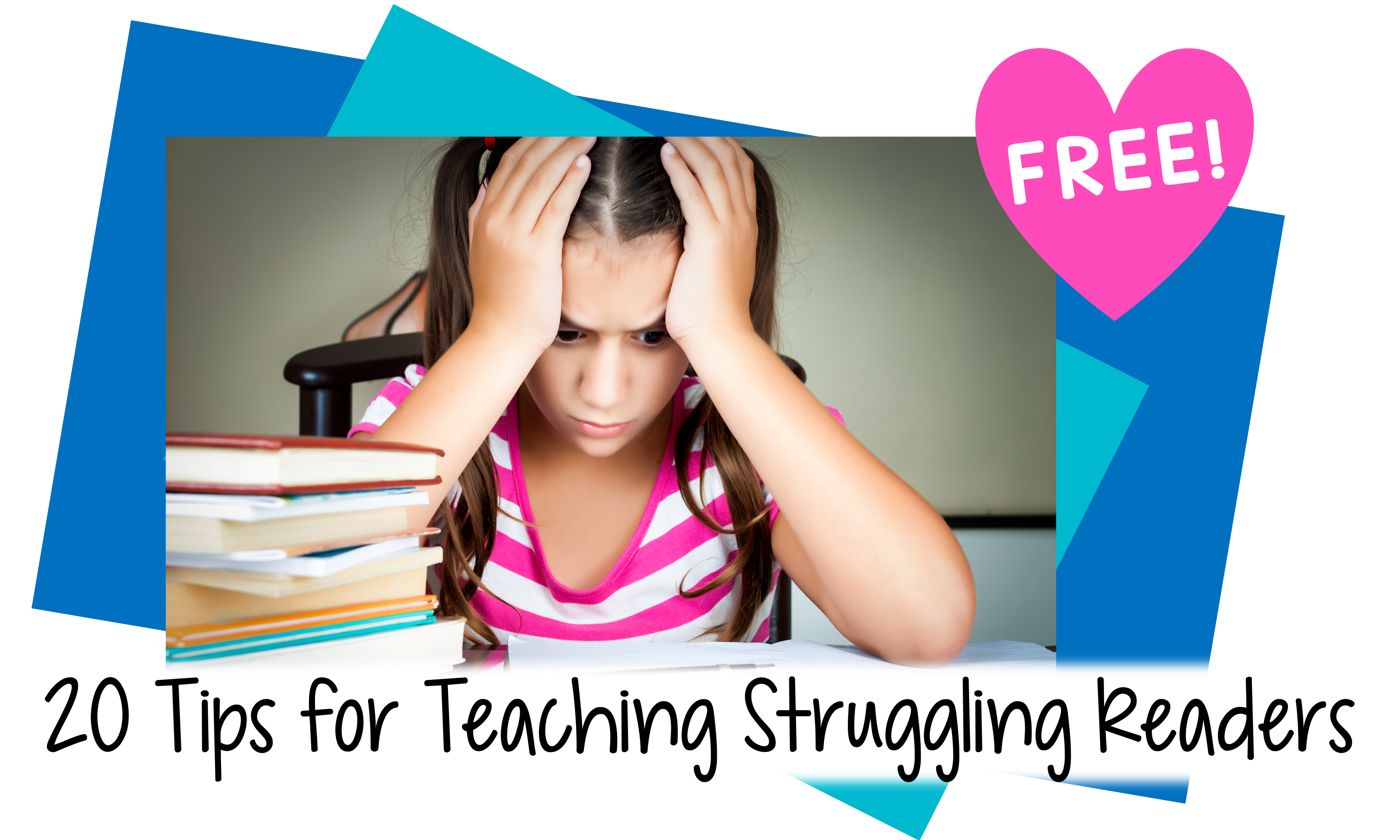Keeping the students focused on school work during the weeks before winter vacation can be challenging for a teacher, under normal circumstances, but with the pandemic this year, holding their attention may require even more effort. Whether you are in the building, teaching remotely, or both, here are a few ideas to help you keep your primary grade students on task as their winter break approaches. (more…)
Many politicians, administrators, and educators are focusing on how much children have been losing academically since the pandemic caused schools to close last spring. I’m usually in that academic camp–worrying about the progress my students are making in reading. My training has taught me to always keep it professional as a tutor and to use time efficiently. But, a couple of months back, the parent of a child I tutor opened my eyes to what her young daughter was missing the most with online tutoring. (more…)
Remember Liza? If you read that previous Liza post, you met that preschooler when she was at the earliest stage of learning to read—the Pre-Alphabetic stage. She knew a few letters but no letter sounds, so reading was primarily a visual matching task for her. If she remembered any words, it was usually through partial visual cues, such as associating the word look with two eyes in the middle. Now we will see how Liza moved on to the next stage. As she began to learn a few letter sounds she progressed into the Partial-Alphabetic phase. Although not able to...
Tutoring reading is wonderful because you can concentrate on the needs of one child at a time. But it’s important to figure out what to focus on in each brief lesson. I say “brief” because some young readers can only concentrate for half an hour at a time. And even an hour seems short, if the parent wants only one lesson a week. (Sadly, once-a-week tutoring arrangements are becoming increasingly common, as children are engaged in more and more activities.) Yes, tutoring time is precious, so it’s important to be clear about what your focus is for each lesson. (more…)
Meet Liza. Liza was “reading” a book. The text said: I see a puppy. Liza read: “Look at the little dog.” She could match the meaning of the text to the illustrations because she heard the language pattern during the book introduction, but she was not yet ready to match her voice to the text, or to monitor her attempts phonetically. Thus, she made semantic errors (errors that match meaning). Liza was a Pre-Alphabetic reader. Young children go through different stages as they learn to read. When we figure out the stage a student is on, we can adjust...
When Thanksgiving is over, many children start thinking about the presents they want Santa to bring them at Christmas time. For teachers this presents a wonderful opportunity for an authentic writing activity—a letter to Santa. For years, I had my students write Dear Santa letters, but I hated encouraging that “gimme” attitude in children, so one year I decided to try something different. (more…)
While it’s popular these days to include rate and accuracy in a definition of reading fluency, I’m going to treat fluency as an independent reading asset: the ability to read smoothly and with appropriate intonation and expression so that your reading sounds much like talking. Fluency can and should be taught. It doesn’t magically appear in all children. (more…)
